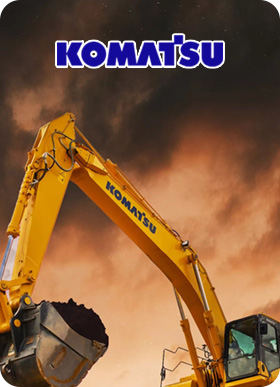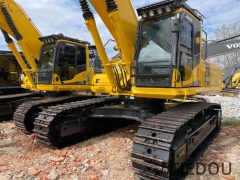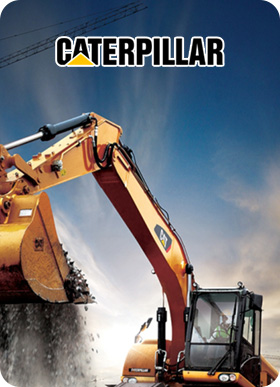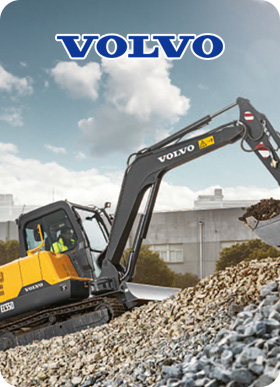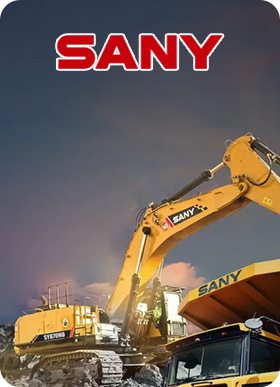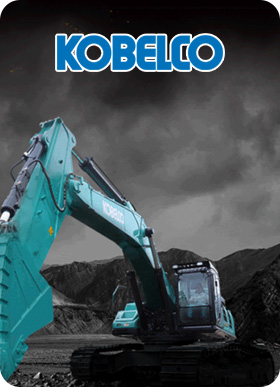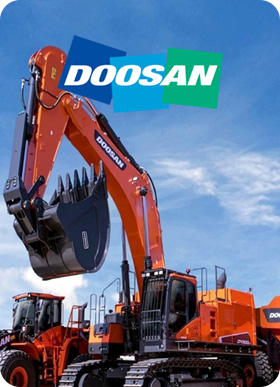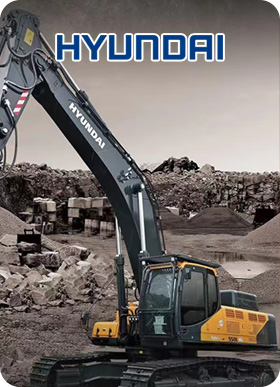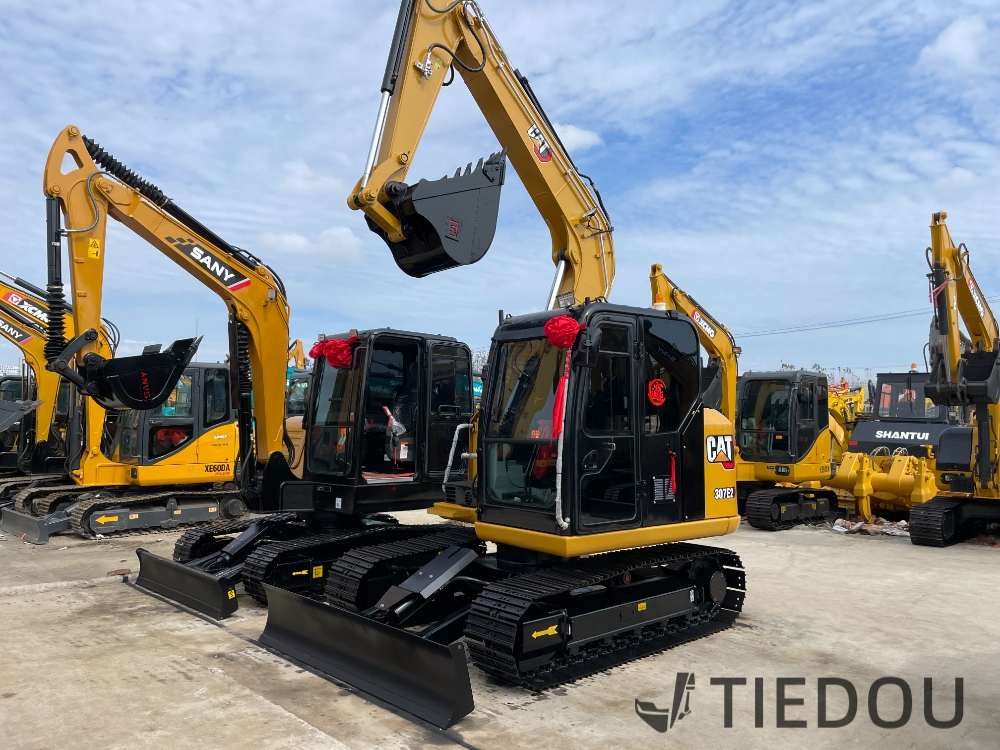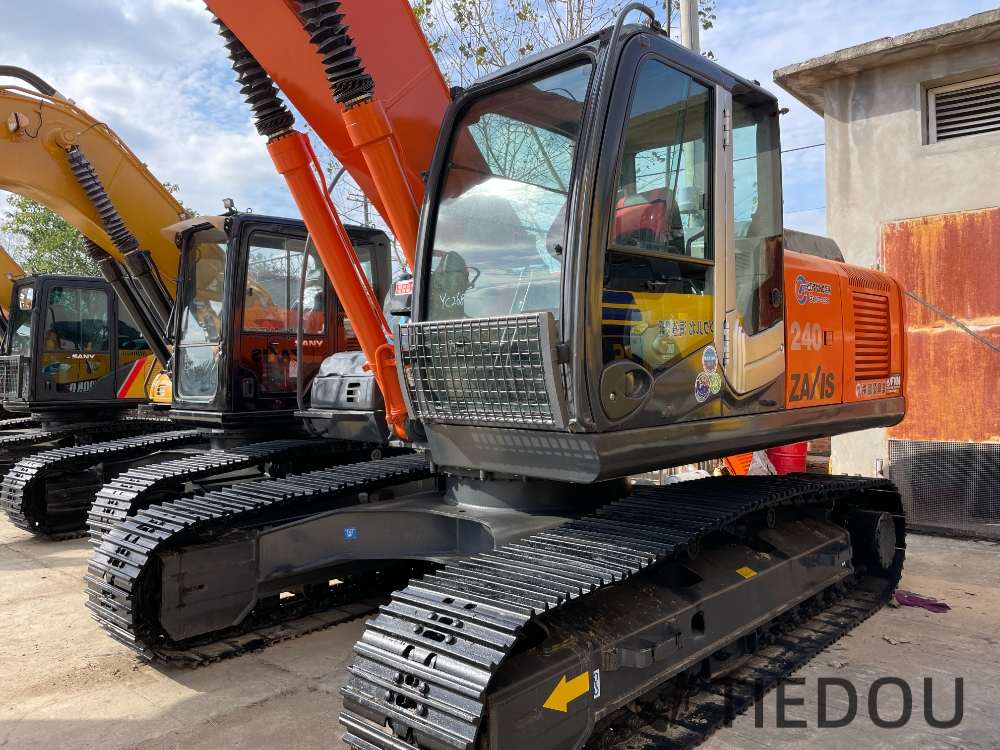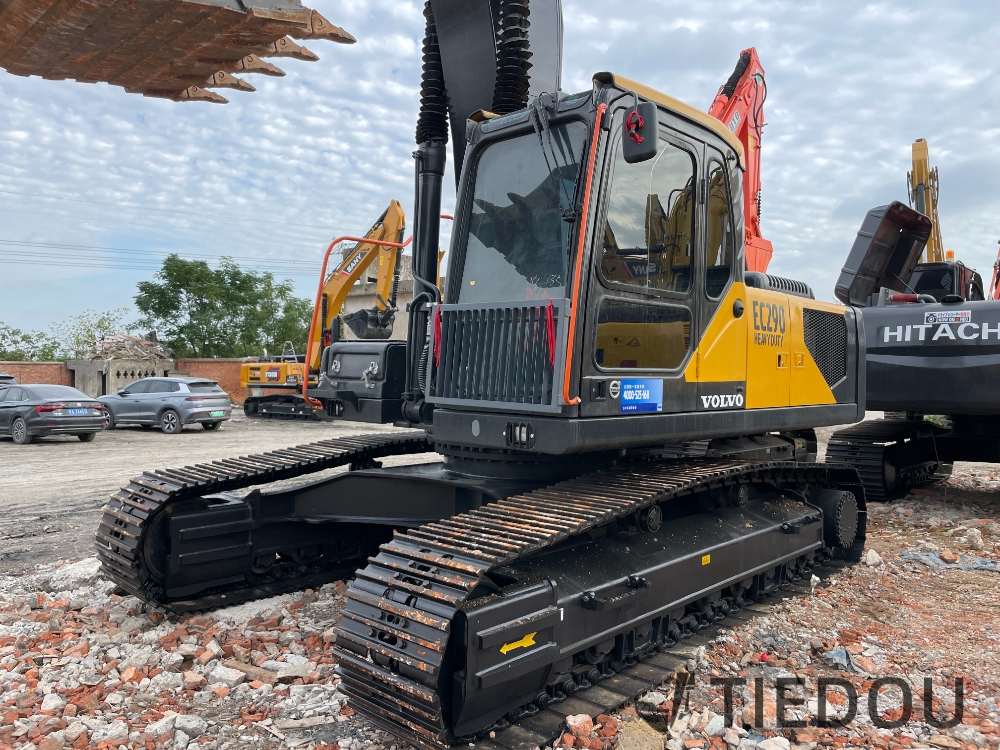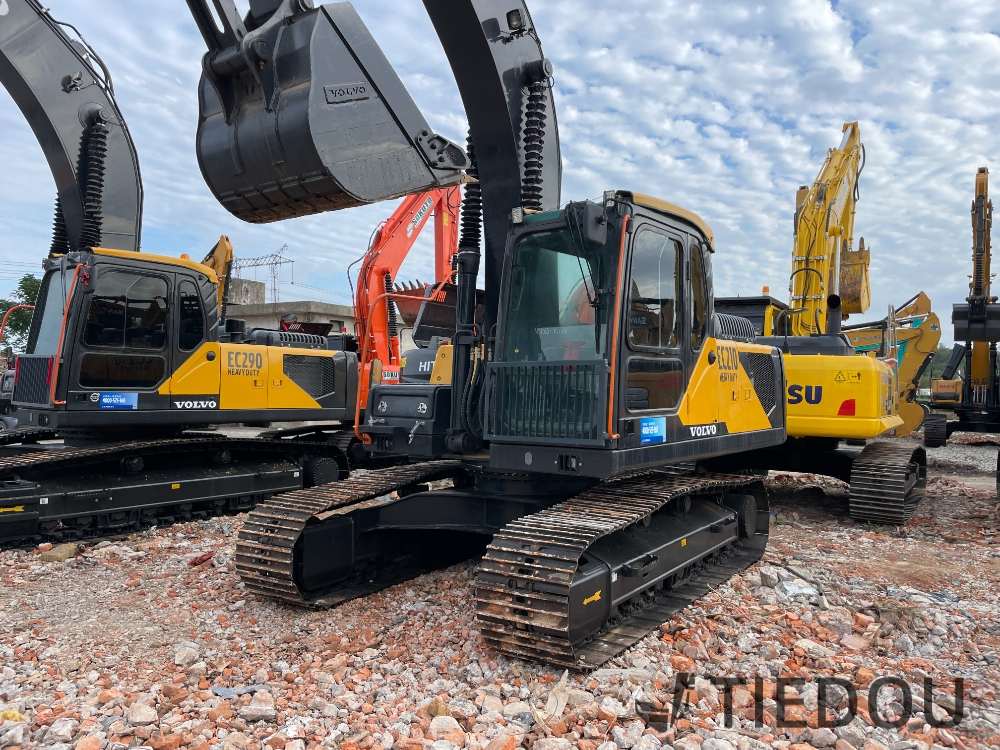As the end of the year approaches, many construction equipment companies
are busy planning their strategies for the coming year. However, identifying
the best path to development is not an easy task. Uncertainty caused by
internal and external challenges is becoming increasingly apparent.
In this article, we'll explore the three core issues manufacturers face
in the new year and share how to solve them.
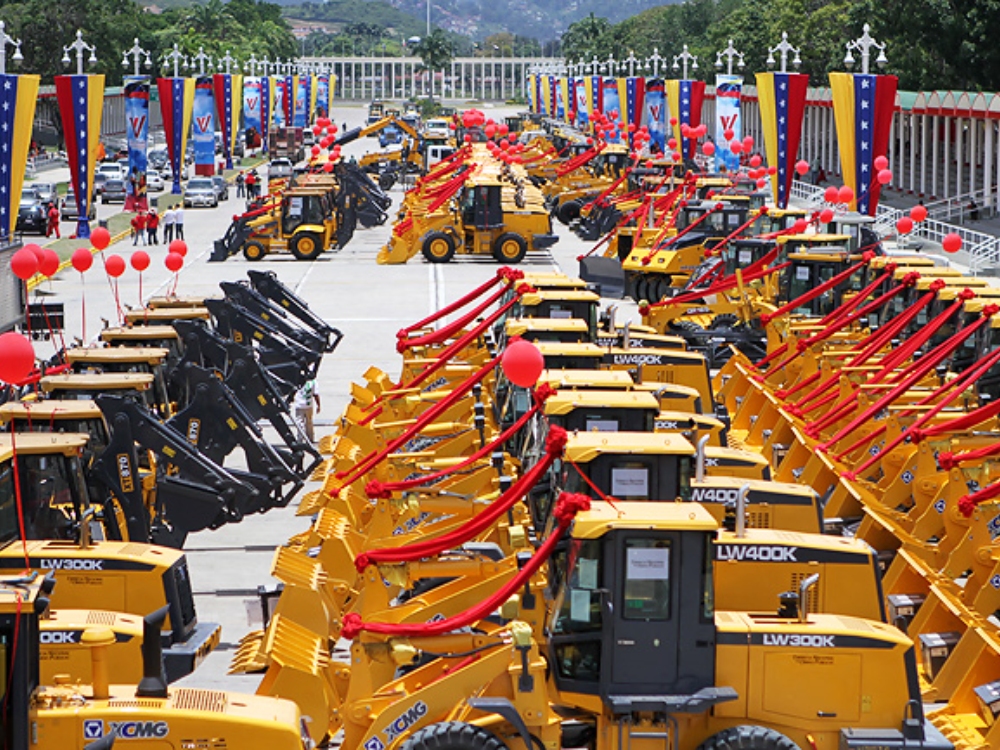
Address internal labor shortages
Today, the biggest challenge for manufacturers is no longer the supply
chain, but how to find and retain the workforce. The manufacturing sector is
particularly vulnerable to labor shortages, which further exacerbates
inflationary pressures.second hand excavator
status quo
- In the U.S., the job-seeker-to-job ratio is about
1.5:1, resulting in a 4.5% increase in average wages over the past five
months.
- The
labor force participation rate has declined, especially during COVID-19,
when many employees over the age of 55 left the workforce.
- The
birth rate has been at an all-time low in recent years, suggesting that
talent attraction will be a long-term problem.
solution
- While technology can alleviate labor shortages to
some extent, successful companies need to have a comprehensive strategy in
place, including plans to attract and retain employees.
- This
requires innovative thinking and effective messaging strategies. For
example, the implementation of innovative approaches such as a four-day
workweek and 36-hour weekend shifts.
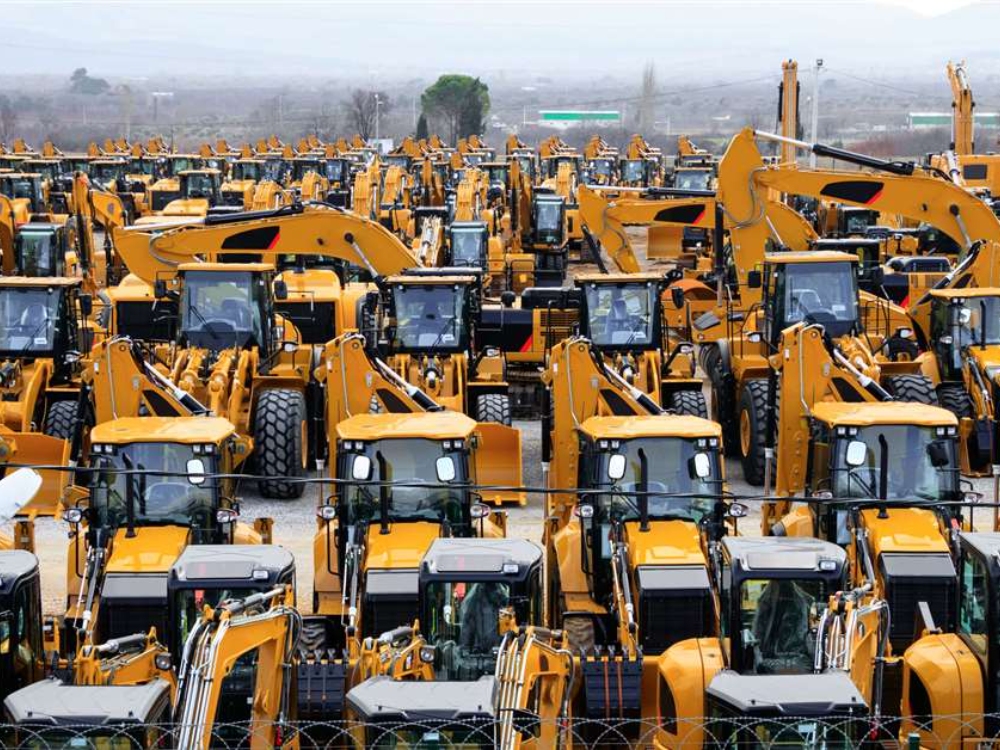
Respond to market volatility
Government investment, such as the Infrastructure and Jobs Act, continues
to support the construction market outlook, but uncertainty remains in the
market.
status quo
- Despite these investments, the overall real value
of the U.S. construction industry remained weak, contracting by about 3%.
- The
decline in residential construction is the main reason, while rising
interest rates are also putting pressure on the financing of new
mortgages.
- Contractors
involved in infrastructure, energy and utilities, and industrial and
manufacturing are expected to perform well in 2024 and beyond. However,
the funding was not immediate, and it will take time for the project to
start and design.
Impact on equipment sales
- As the market shifts to infrastructure and
industrial projects, the demand for certain types of equipment is likely
to change, favoring larger equipment.
- Contractors
have experienced significant market volatility in recent years, including
COVID-19, supply chain issues, and volatile fuel and material prices,
among others, causing them to be more cautious and potentially postpone
purchase decisions.
solution
- The equipment leasing market could become an
attractive option, especially against the backdrop of rising interest
rates and increased uncertainty.
- Leasing
provides contractors with flexibility and cost-effectiveness, potentially
accelerating the development of leasing trends.
Solve external labor problems
Construction contractors face labor shortages similar to those in all
technology industries.
status quo
- Even if jobs exist, contractors may be reluctant
to purchase additional equipment because they can't find the right
operator to maintain productivity.
- The
number of skilled workers and experienced operators is rapidly decreasing,
and the supply of new talent is not enough to fill the gap.Used excavator
solution
- Equipment suppliers need to be able to demonstrate
how their solutions can help contractors maintain or increase productivity
in the face of staffing shortages.
- Technological
innovations, such as simplified control, semi-autonomous operation, and
remote control, are gaining traction in the construction equipment market
to solve labor problems.
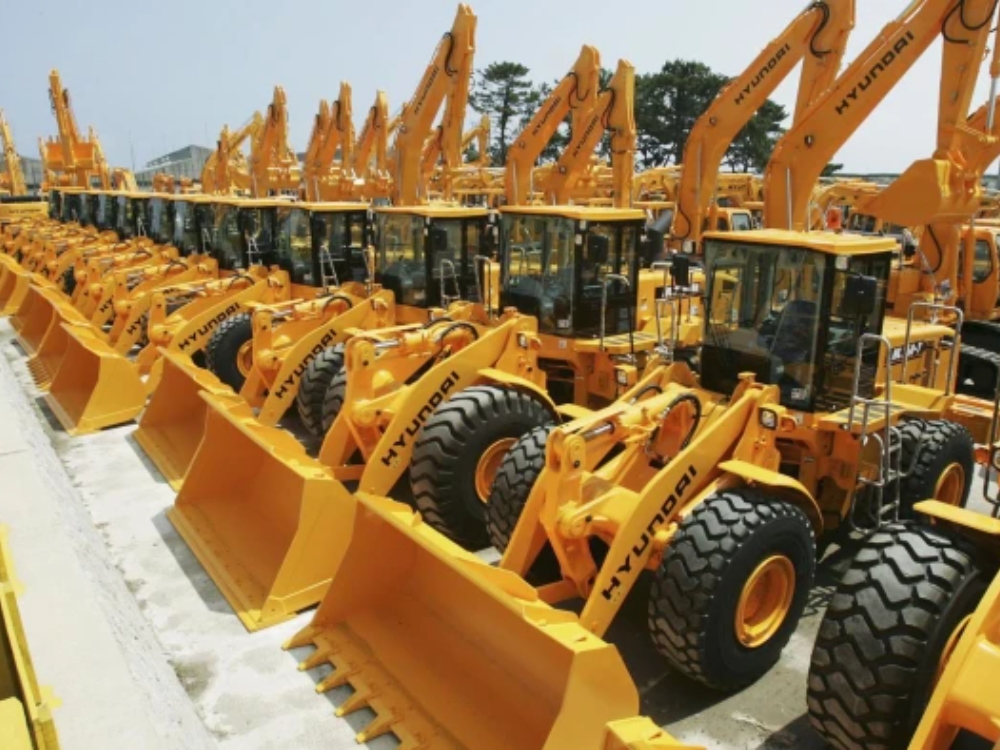
Summary and outlook
In the face of the challenges of 2024 and beyond, construction equipment
manufacturers need to be agile and develop a comprehensive strategy to overcome
current internal and external challenges. While the market is likely to cool
further, this also presents an opportunity for manufacturers to remain
competitive through innovation and adaptability. The North American market is
likely to be more challenging than in Europe, where inflation is likely to be
more severe. But overall, with effective strategic planning and execution,
manufacturers can still succeed in this volatile market.

